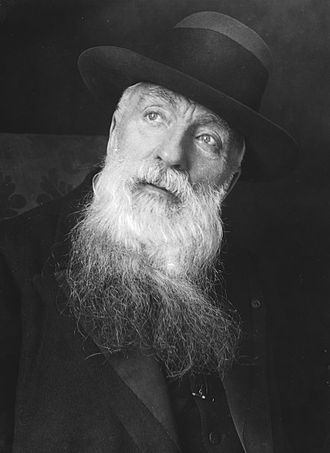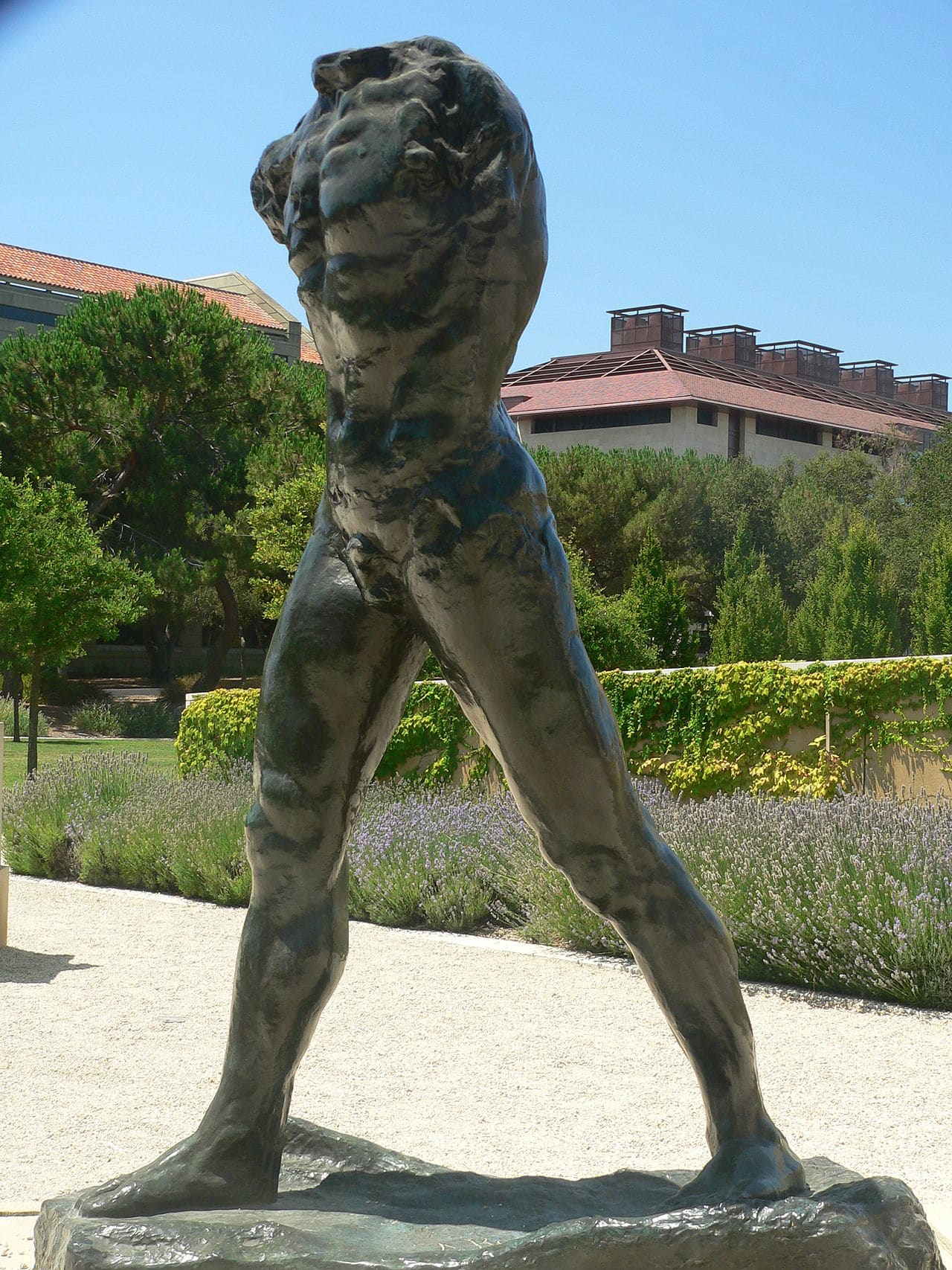
1840 - 1917
Francois-Auguste-Rene Rodin

description
An outstanding French sculptor, the founder of modern sculpture. Auguste Rodin is rightfully considered the greatest creator of his time, who destroyed the stereotypes in his work and became a model for subsequent generations of sculptors around the world.
The unique ability to convey the plasticity and lines of the human body, as well as the complex experiences of the soul, were the main features of the sculptor’s manner. Rodin’s work was strikingly different from the traditional canons of Academism. His work expressing the free energy of life and vivid emotions, as well as intimate moments, met with misunderstanding and criticism of contemporaries. Only at the end of the life of the master, his works were appreciated and great success.
For a long period, Auguste Rodin worked on a large order – the entrance to the building of the new museum of decorative art in Paris, which was called the “Gates of Hell”. The master went so deep into his work that he continued to refine and redo it for eight years. Despite the fact that the museum’s project was never implemented, the elements of the gate, including the famous Thinker, became separate works of art that won the hearts of millions of people with the naturalness of their plasticity and openness of feelings.
Key ideas:
– Rodin’s work is known, first of all, for its emotional richness. The sculptor was a subtle psychologist and was able to masterfully convey the mood, feelings and experiences of his hero. Even without knowing the names of the sculptures, the viewer can easily guess what the character is feeling at the moment: love or hate, despair or peace, calmness or fear.
– The sculptor created utterly new ways of plastic expression in art. Instead of the frozen postures and staged plots of academism, he used dynamic and free positions in space, expressing the emotional state of a person through the movements of his body. While Impressionist artists developed a new genre of “psychological portrait”, Auguste Rodin created a sculpture that expressively reflected the internal state of the model.
– Rodin’s sculpture takes its roots in the classical art of the Renaissance and Baroque. His favorite master was Michelangelo, who impressed the sculptor by the plasticity of the poses of his sculptures and the poetry of his subjects. Some of Rodin’s works, for example, The Bronze Age, repeat the plot of the great Italian; they do not just copy it but develop the idea of the external expression of man’s inner world.
– For his sculptures, Auguste Rodin used simple, ordinary subjects, which were not typical for his time. He gave special lyricism and sensuality to the ordinary scenes from life, as if breathing life into statues.
– Many of the master’s creations have an unfinished appearance, since he believed that the creation process has no beginning or end. For this reason, Rodin often returned to his former sculptures, constantly modifying and remodeling them. Sometimes the sculptor worked only on some separate part of the human body, for example, with its hands that can help express emotions, as much as using a portrait.
1840
1862
1864
1870
1875
1880
1885
1895
1916
1917
Was born in Paris
The sister of the artist Marie died

He met his first love and constant companion of life, Rose Beuret

Rodin moved to Belgium

He made a trip to Italy

Received a large order from the Paris authorities

Met Camilla Claudel

Rodin purchased an estate in Medon near Paris

Rodin married Rose Beuret

The death of the artist

Francois-Auguste-Rene Rodin
On Artist
flow
Expressionism
Symbolism
Impressionism
Renaissance
friends
Aristide Mayol
Jean Berault
Henry Tonks
Antoine Louis Barrier
artists
Michelangelo Buonarotti
Donatello
Medardo Rosso
Horace Lecoc de Bouabodran
Albert Ernest Carrier-Belz
By Artist
flow
Abstract expressionism
friends
Aristide Mayol
Konstantin Brancusi
Antoine Bourdelle
Charles Despiu
Jules Dalou
Alfons Legros
artists
Henri Matisse
Camilla Claudel
Umberto Boccioni
Jacques Lipschitz
Georgia O’Keefe
Man Ray
Alexander Arkhipenko
Pablo Picasso
Osip Zadkin
Henry Moore
